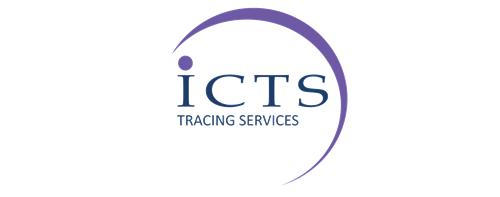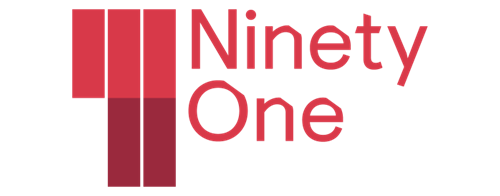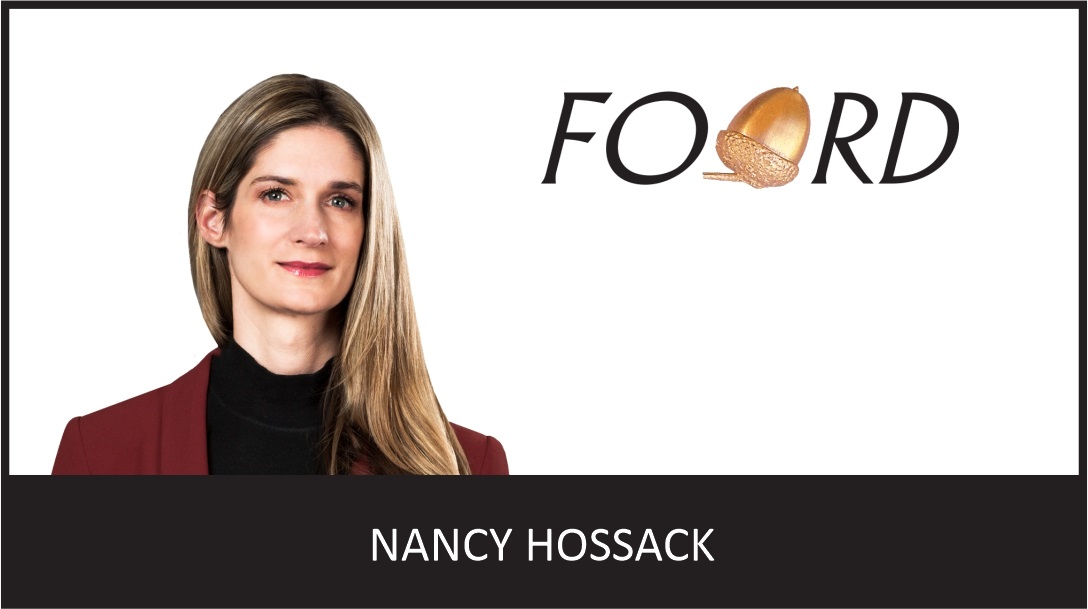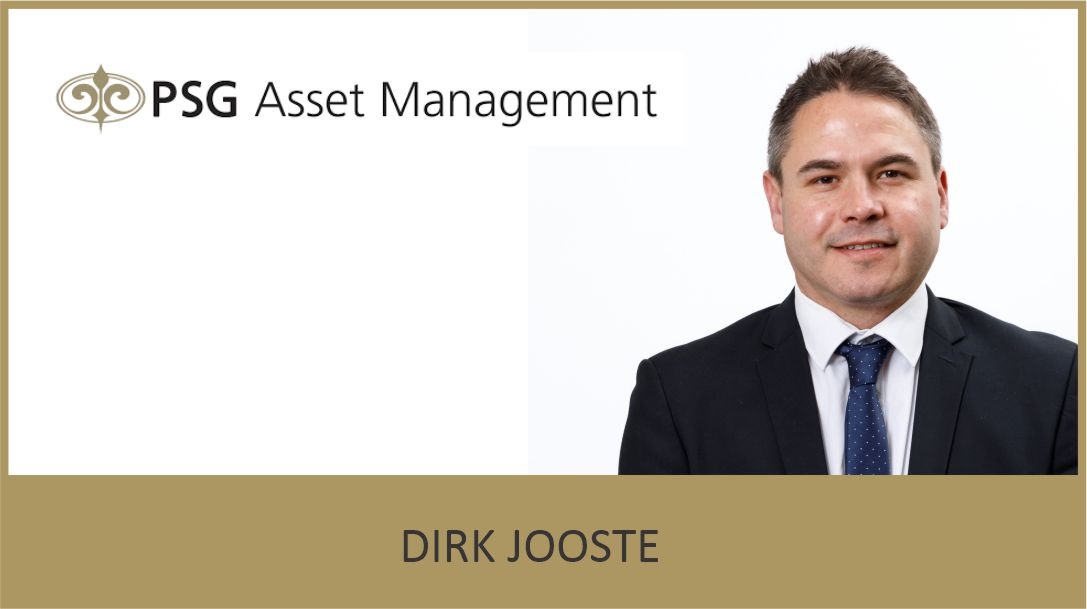Albert Botha, Head of Fixed Income at Ashburton Investments
There has been no shortage of ink spilled on the “will they, won’t they” debate surrounding expected changes in interest rate policies by central banks around the world. Much of the time, these debates are more habit than substance, filling column inches rather than adding insight. The conversations currently dominating headlines, however, fall firmly outside that category.
Whether in South Africa, where we weigh the merits of potential rate cuts alongside a possible shift in inflation policy against the backdrop of weak growth; in the United States, where a Federal Reserve governor has been referred to the department of Justice by the Federal housing Finance agency Director; or in the United Kingdom, where 30-year bond yields have climbed to their highest levels since the late 1990s, the stakes are unusually high.
Monetary policy, fiscal dynamics, and bond markets have in recent years attracted significantly more attention globally, especially after the surge in inflation following the Covid pandemic and the unprecedented rate of deficit spending by the US government.
In the US, discussions around the level and trajectory of interest rates have turned particularly heated. This has been compounded by controversies surrounding the accuracy of official jobs numbers, questions about the future of the Fed Chair and doubts over the integrity of one of the board members. Over the twelve months to the end of March 2025, downward revisions showed 911,000 fewer jobs than originally reported, the largest revision on record. Some government officials argue that if the data had been accurate at the time, rate cuts would already be further along. Whether that counterfactual is credible is debatable, given that inflation has remained above target since early 2021 and Bloomberg’s median economists’ forecasts show it at least 0.5% above the 2% target all the way into early 2027.
Compounding matters are fears about the independence of the Federal Reserve itself. Current attention is fixed on Governor Lisa Cook, who in recent weeks has referred to the Department of Justice by the Federal housing Finance Agency director Bill Pulte, accusing her of mortgage fraud. Further investigations have cast doubt on this claim, but is has created a Catch-22. If the allegations are baseless, they bolster claims of current political interference in the Fed’s independence; if they are credible, they cast a long shadow over the integrity of her appointment under the previous administration.
Beyond the US, developments in global bond markets are equally consequential. The UK and France are both grappling with historically high yields, while Japan has recorded its highest 30-year yield on record.
These global dynamics further complicate South Africa’s already challenging local picture. The economy and markets ended 2024 on a surprisingly upbeat note, with expectations of stronger GDP growth outlook for 2025. Yet a mix of domestic and international headwinds resulted in a disappointing 0.6% year-on-year by the end of the second quarter of 2025. This disappointment continues a long-running trend. Since 2011, SA’s US Dollar GDP per capita has fallen by more than 35% – from $8,810 in 2011 to $5,709 in 2024. At the same time, employment also spiked from 24.5% to 33.2%.
While this is discouraging, one of South Africa’s bright spots has been the disciplined stewardship of inflation and monetary policy by the Reserve Bank (SARB). Inflation has remained far more contained than in most developed markets, sitting at or below 3% for much of the past 12 months.
On the back of this success, the SARB has proposed a shift in its inflation-targeting regime, suggesting moving it to 3%. Over the long term, such a change could bring wide-ranging benefits, from greater currency stability to lower borrowing costs and enhanced social and economic resilience.
Factoring all of this into a rate outlook is no simple task, yet two elements will likely prove decisive. The first is the near certainty that the US Fed will cut at its next meeting. Betting markets are pricing in over a 90% chance of at least a 25-basis-point reduction. This will provide the SARB with some manoeuvring room, as the Fed’s lack of cuts since December has certainly limited the SARB’s options somewhat.
The second is South Africa’s own balancing act. While inflation remains benign, the persistent absence of meaningful growth cannot be ignored. The SARB does not operate under an official dual mandate, but “balanced and sustainable economic growth” remains part of its responsibilities in the constitution.
ENDS

























































































